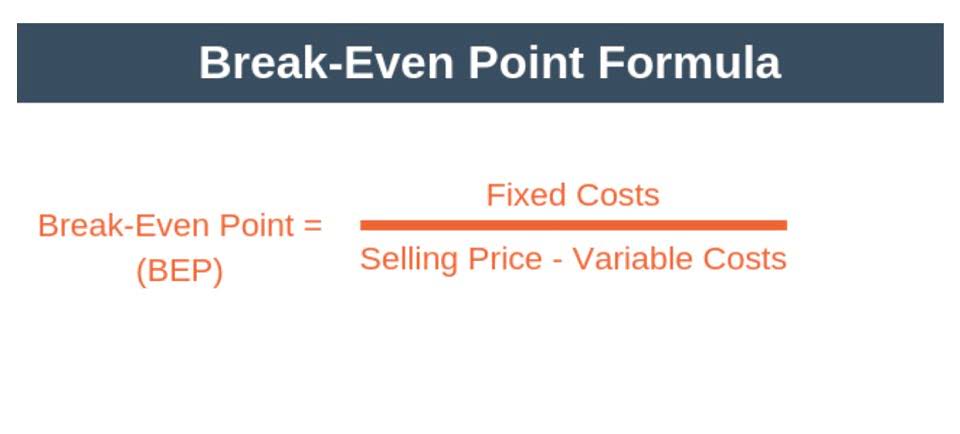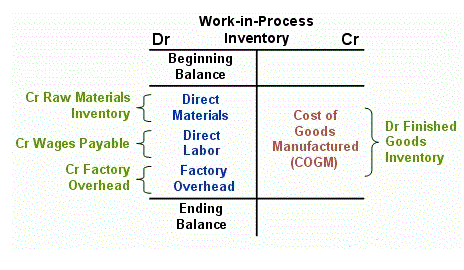
“mm” (which is usually kept in the lower case) is an old-fashioned abbreviation that doesn’t see much common usage. You’ll find that it’s mainly used in the energy sector, but it otherwise doesn’t get recognized. You can see it on ancient French and British ledgers from the 18th and 19th centuries where “M₤” represents £1000 and “MM₤” is £1million. So the convention of using M for thousands and MM for millions originated in Roman numeral-based accounting. Yes, “M” is accepted in formal business and financial writing. We delved into specific considerations for fine-tuning your abbreviation practices, emphasizing consistency, audience, and adherence to style guides.
Understanding the Need for Abbreviating Million
If you can’t go above three M’s in a row, you can’t get to 4,000, which would be MMMM. We don’t know for sure why the Romans used letters or why they chose the letters they did. One theory says the use of M was because Romans measured a mile as a thousand paces. Another theory is that it is a misprinting of the Greek letter phi. It saves space and simplifies large numbers, making them easier to understand.

The Pros of MM for Banking
To understand MM, we have to go back to the early days of accounting when Roman numerals were used to record ledgers. In this era, M already signified 1,000, while MM denoted 1 million. Stack Exchange network consists of 183 Q&A communities including Stack Overflow, the largest, most trusted online community for developers to learn, share their knowledge, and build their careers. Therefore, always consult the relevant style guide to ensure compliance and consistent abbreviation usage.
Concluding Thoughts on Abbreviating Million
To add to the potential for misunderstanding, MM is not the Roman numeral for million. There are a few different ways to abbreviate billion, most are similar to the million abbreviations. However, millions range from 1,000,000 to 999,999,999 so there can be a maximum of eight zeros if you are referencing a 100 million (100,000,000). You can also use the abbreviation “mil” in casual conversation. You might hear something along Certified Bookkeeper the lines of “He dropped a couple mil on a new car,” or perhaps “How many mils is that house?

What are the common abbreviations for “million”?
- I decided to take a deep dive into the origins and rationale behind “MM” to better understand this unique element of finance culture.
- Internet advertisers are familiar with CPM which is the cost per thousand impressions.
- In academic, journalistic, or business writing, adhering to style guides and conventions is crucial.
- For example, if a bond issuance is denoted as $1,000MM, it signifies that the bond value is $1 billion (1,000 million).
- You might come across “mm” in scientific or engineering fields, where different values are required, and they can reach well into the millions as a unit.
If you do use these abbreviations, be sure to clearly define them in the text. The least ambiguous approach is to simply write them out in words, such as “$ thousands.” This is CFI’s recommended method, to avoid any potential confusion. Another driver of using MM was the need to streamline amounts in printed financial statements, reports, and documents. Whether etched by hand or printed, space was at a premium on these pages.
“M” is the official abbreviation used whenever a million units of something are requested. Despite some calls to modernize, MM persists because of its advantages for clarity, precision, and familiarity. After analyzing its mm meaning history and modern use, I have a new appreciation for how deeply rooted MM is within finance culture, likely to endure for the foreseeable future. Any universal shift would require a coordinated effort from all major institutions simultaneously.
What is the origin of the word Million?

MM enabled fitting large monetary values concisely into tables and ledgers. These abbreviations are also useful when writing articles in the paper. For example, articles discussing investments or stock market values often use shorthanded numbers to express large values. It would be unrealistic to use large numbers in headlines, but, with abbreviated numbers, the headlines can be easily written and therefore read. K is also used in computing to mean “kilobyte,” but mostly in commercial contexts as a shortening of KB (see CMOS 10.49). To further muddy the waters, K can also mean “kelvin,” which is the base unit of temperature.
- As stated above, MM is generally used in business to represent millions since the letter M by itself has historically meant 1,000.
- “M” is the official abbreviation used whenever a million units of something are requested.
- You might not put a lot of thought into your abbreviations, and that’s okay.
- I generally use $___MM, which was, and still is, often used by accountants and economists.
- This guide will explore how the notation should be used, as well as alternative symbols that are used in practice.
- The finance, business, and informal sectors frequently use “M” for million.
Conclusion: An Enduring Convention
Roman numerals are often used in accounting to help abbreviate and designate numbers. For example, the Roman numeral MM is frequently used to designate that the units used in presenting information (financial and non-financial) in millions. For example, an annual salary of $60,000 might appear as $60k instead of $60M. The finance, business, and informal sectors frequently use “M” for million.
FWB Meaning: What Does It Mean?
If you’re looking to avoid the word million altogether, you won’t have much luck. The only other option is to write your entire number numerically or even convert it to scientific notation. Regardless of why you are trying to abbreviate the word “million,” you have come to the right place. In this article, we will teach you how to abbreviate the word and how to use the abbreviation for “million.” Let’s first understand what million means. The Authorized Share Capital of Company is $15,000,000 shares of $ 100 each i.e. $ 1,500,000,000. While Roman retained earnings balance sheet numerals are technically additive (MM is really 1,000 plus 1,000 or 2,000), MM is still a fairly common way of abbreviating millions, especially in certain industries like oil and gas.

